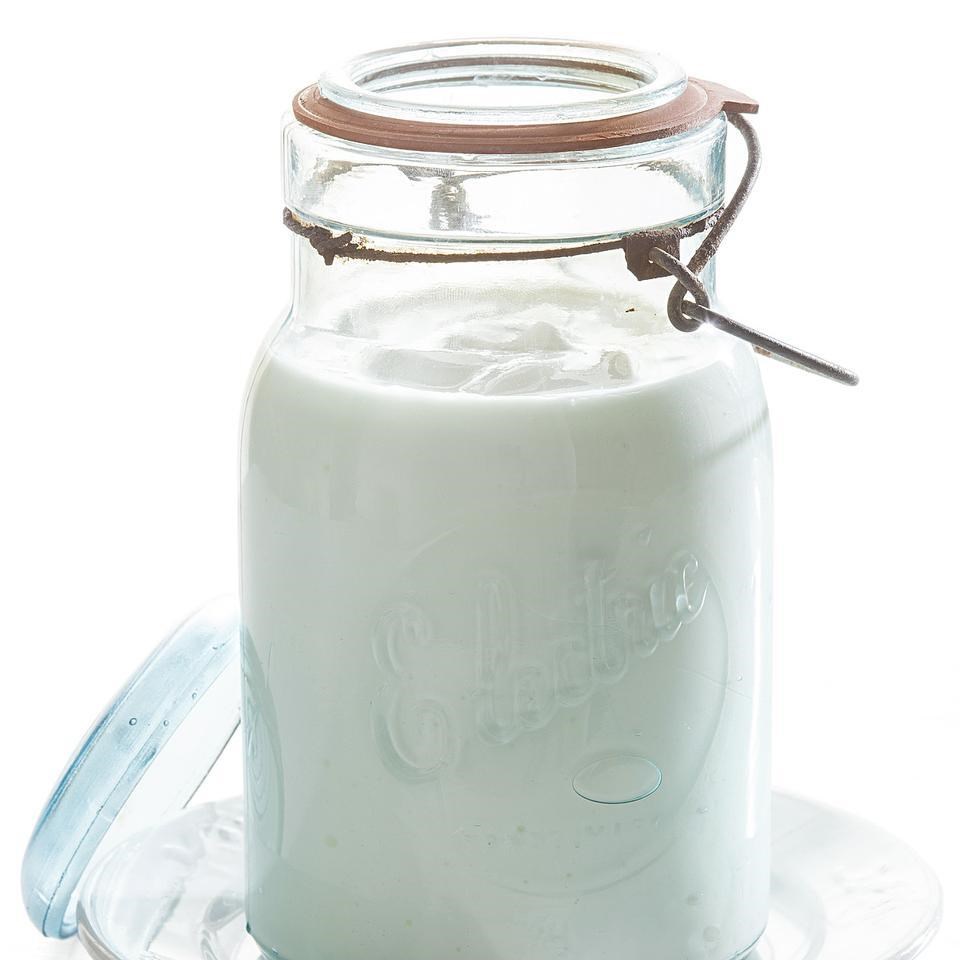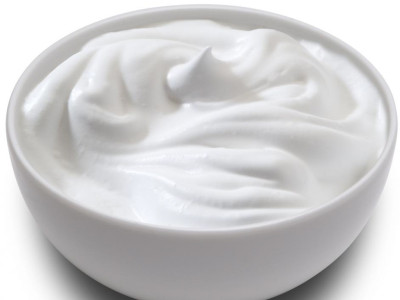I am quite a coffee lover but due to time constraint, only consume instant coffee. Drinking regular coffee is linked to many health benefits (1, 2, 3) The question is – do these benefits apply to instant coffee as well?
For those of you who need your quick fix of cup of joe every morning, have you ever wondered how instant coffee is made?
Instant coffee is in fact made from real coffee. Whole beans are roasted, ground and brewed before they start their journey to becoming instant. What makes coffee instant is when all the water is removed from the brewed product, leaving behind dehydrated crystals of coffee. To make it coffee again, simply add water.
There are two ways to make instant coffee: spray drying and freeze drying. Spray drying is achieved by spraying liquid coffee concentrate as a fine mist into very hot, dry air (we’re talking about 480 degrees F). When the coffee hits the ground, the water has been evaporated and it has dried into small, round crystals.
Freeze drying coffee involves a few steps. First, the coffee is cooked down into an extract. The coffee extract is chilled at about 20 degrees F into a coffee slushie. The coffee slushie is then further chilled on a belt, drum or tray to -40 degrees F until it forms slabs of coffee ice. The coffee ice is broken into granules. They’re then sent to a drying vacuum, where the ice vaporizes and leaves behind instant coffee granules.
So, is instant coffee healthy? Or does only freshly ground coffee contain all the health benefits?
Instant Coffee Contains Antioxidants and Nutrients
Coffee is the single biggest source of antioxidants in the modern diet (4, 5, 6, 7).
This high antioxidant content is believed to be responsible for many of the health benefits linked to drinking coffee. Like regular coffee, instant coffee contains many powerful antioxidants (8, 9).
According to one study, instant coffee may contain even more of certain antioxidants than other types, due to the way it is processed (10).
One standard cup of instant coffee contains only 4 calories, and provides small amounts of potassium, magnesium and niacin (vitamin B3). Moreover, instant coffee generally contains slightly less caffeine than regular coffee. For those who are trying to cut back on caffeine but can’t live without their daily cup of joe, instant coffee may be a better choice.
Instant Coffee Contains More Acrylamide
Acrylamide is a potentially harmful chemical that forms when coffee beans are roasted. This chemical is also commonly found in a wide range of foods, smoke, household items and personal care products. Instant coffee may contain up to twice as much acrylamide as fresh, roasted coffee. Overexposure to acrylamide may damage the nervous system and increase the risk of cancer.
However, the amount of acrylamide you’re exposed to through diet and coffee is much lower than the doses that have been shown to be harmful. Therefore, drinking instant coffee should not cause concern regarding acrylamide exposure. Always exercise moderation in your coffee consumption, as with other foods.

Instant Coffee and Cholesterol
Instant coffee has less cafestol than coffee made in a French press or Turkish coffee, according to Dr. Rob van Dam, assistant professor in the Department of Nutrition at Harvard School of Public Health. Cafestol is a substance that can elevate cholesterol. Both instant coffee and filtered coffee prepared in an automatic coffeemaker contain very small amounts of cafestol. If you already have high cholesterol or a family history of heart disease, instant coffee is a better choice than French-press or Turkish coffee.

Instant Coffee May Have Several Health Benefits
Given that instant coffee contains the same antioxidants and nutrients as regular coffee, it should have most of the same health effects.
Drinking instant coffee may:
1 Enhance brain function: The caffeine can improve brain function.
2 Boost metabolism: The caffeine may increase metabolism and help you burn more fat.
3 Reduce disease risk: Coffee may reduce the risk of neuro degenerative diseases, such as Alzheimer’s and Parkinson’s.
4 Decrease diabetes risk: Coffee may help reduce the risk of developing type 2 diabetes (11)
5 Improve liver health: Coffee and caffeine may reduce the risk of liver diseases like cirrhosis and liver cancer (12 13 , 14)
6 Improve mental health: Coffee may help lower the risk of depression and suicide.
7 Promote longevity: Drinking coffee may help you live longer.
Coffee contains a complex array of bioactive compounds. The chemical processes used to create instant coffee alter or remove some of its nutrients. Common sense dictates that this processing should lower the nutrient value of coffee. However, research has not confirmed this. In fact, as mentioned earlier, instant coffees may be richer in some nutrients.
Instant coffee is quick, easy and doesn’t require a coffee maker. It also has a very long shelf life and is cheaper than regular coffee.
Overall, instant coffee is a healthy, low-calorie beverage that is linked to the same health benefits as other types of coffee. But do exercise moderation in your instant coffee consumption.





















